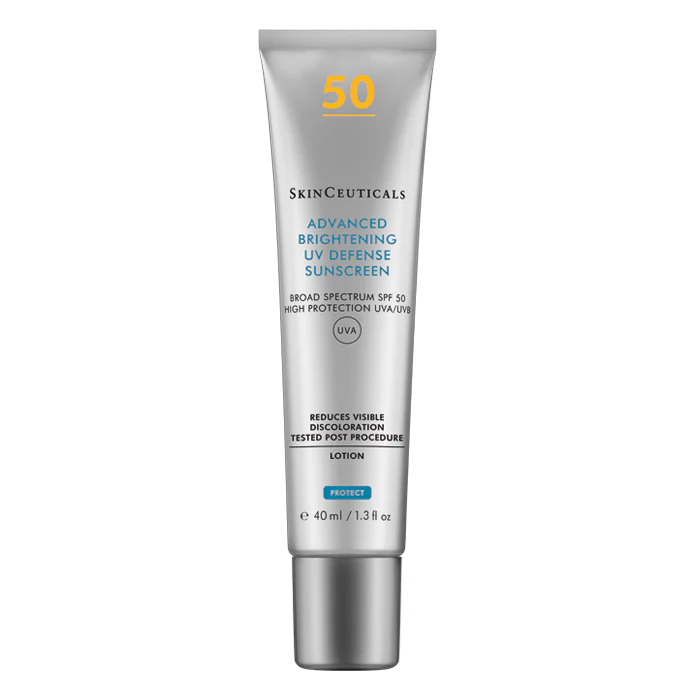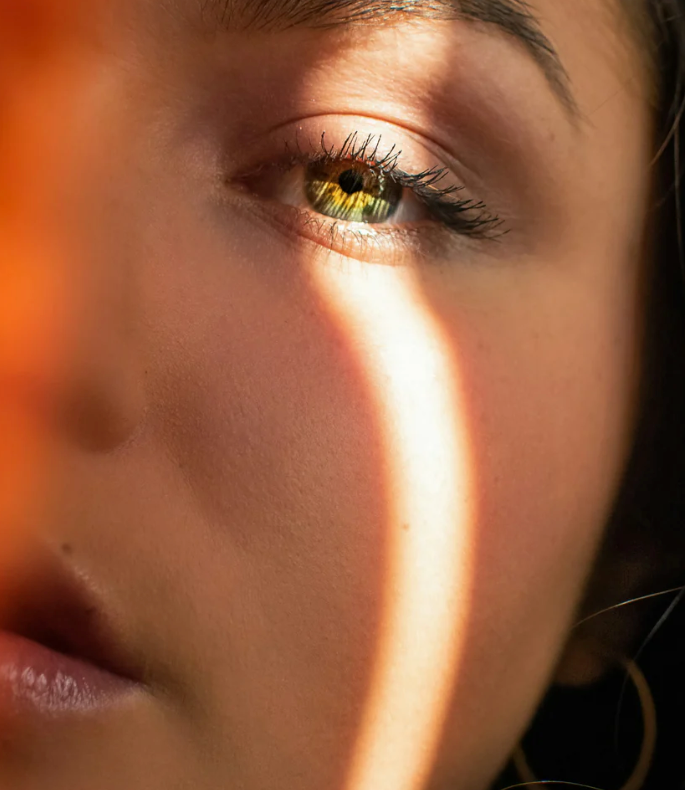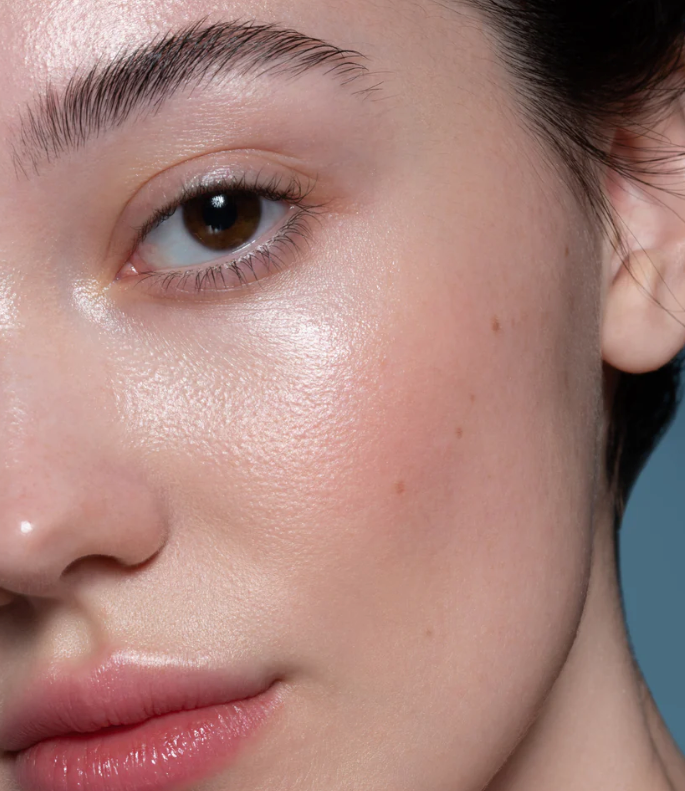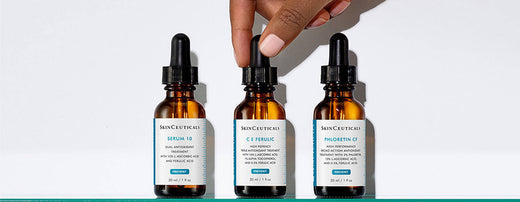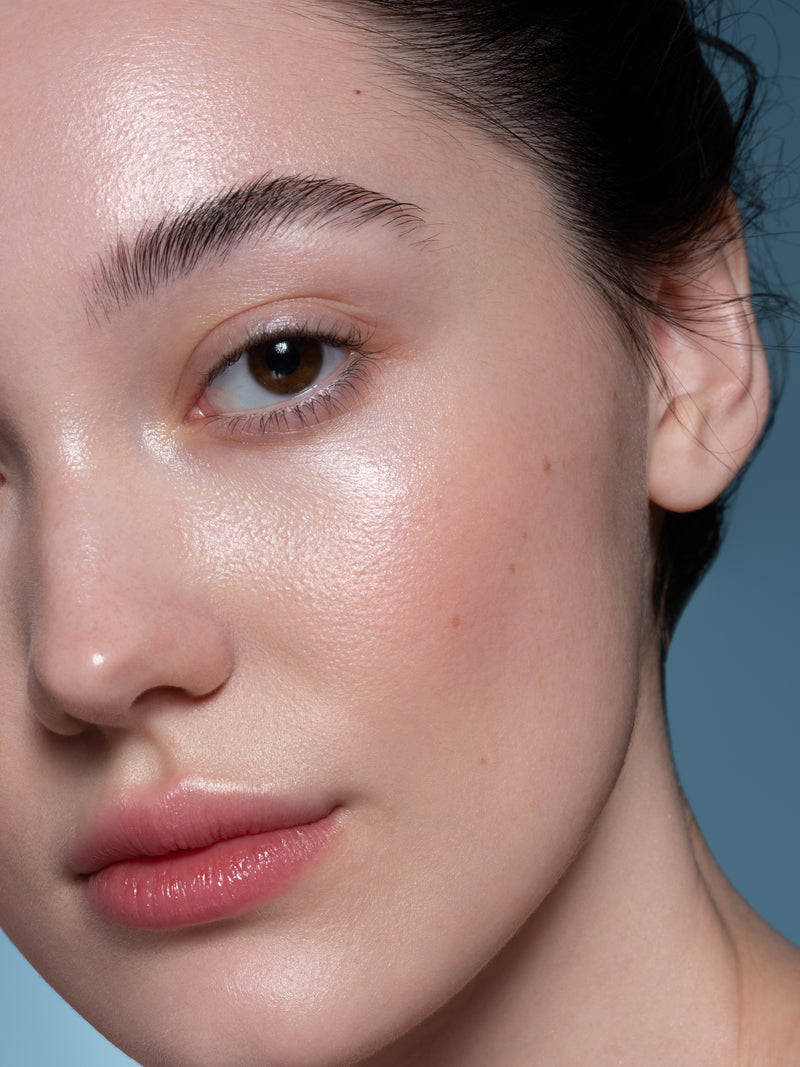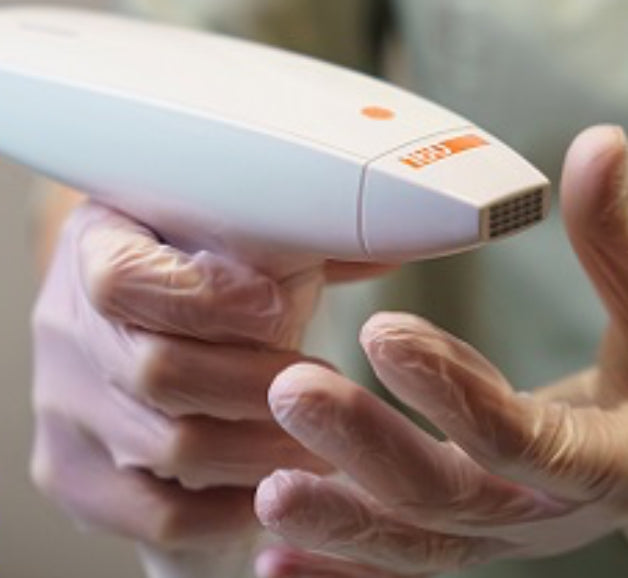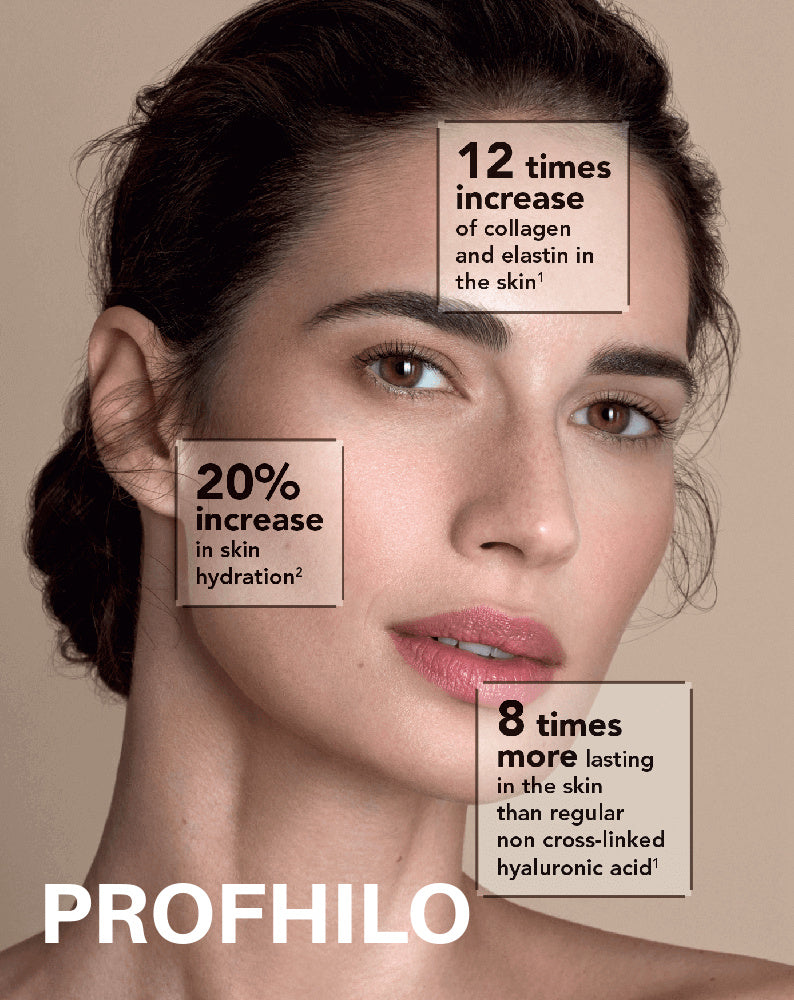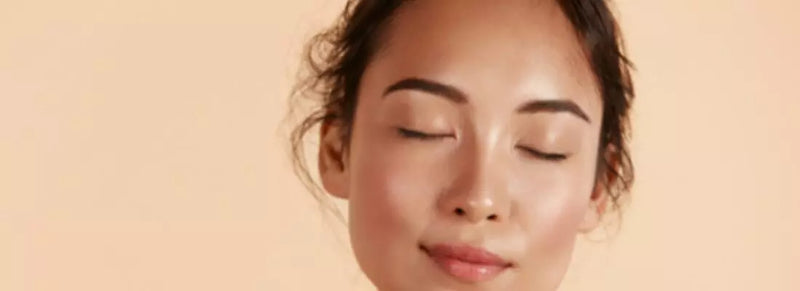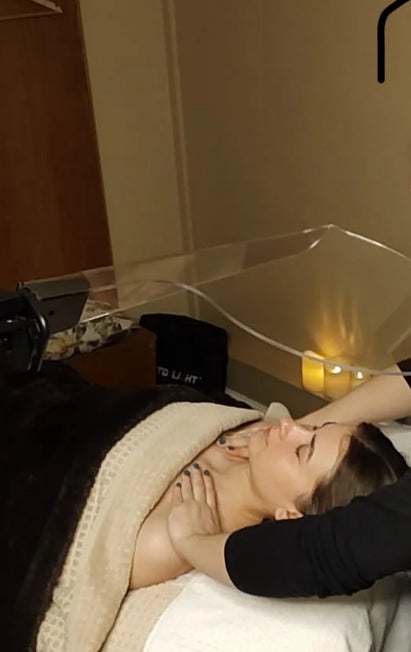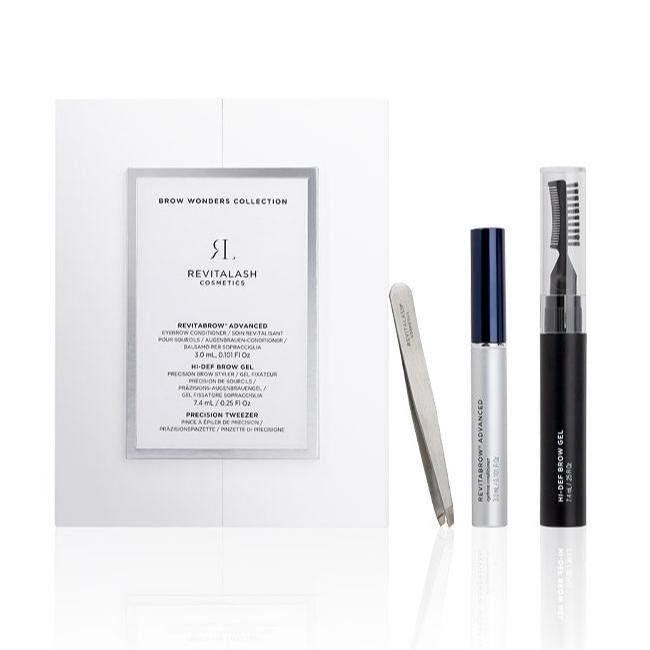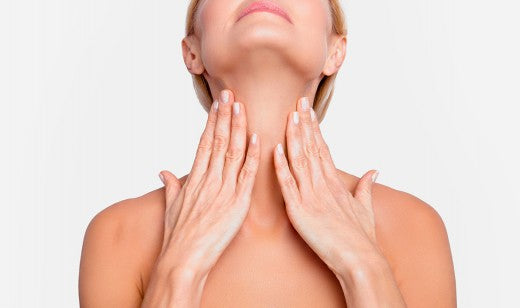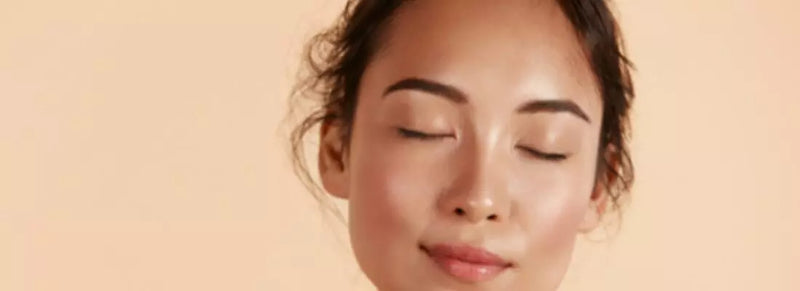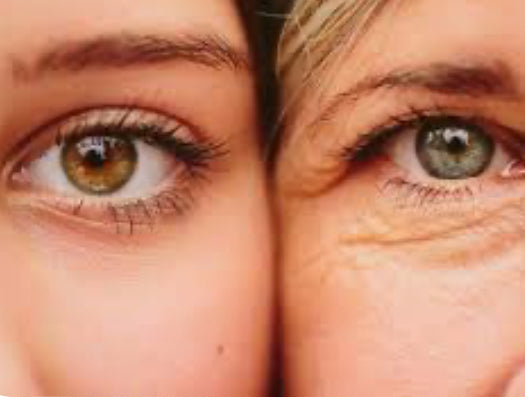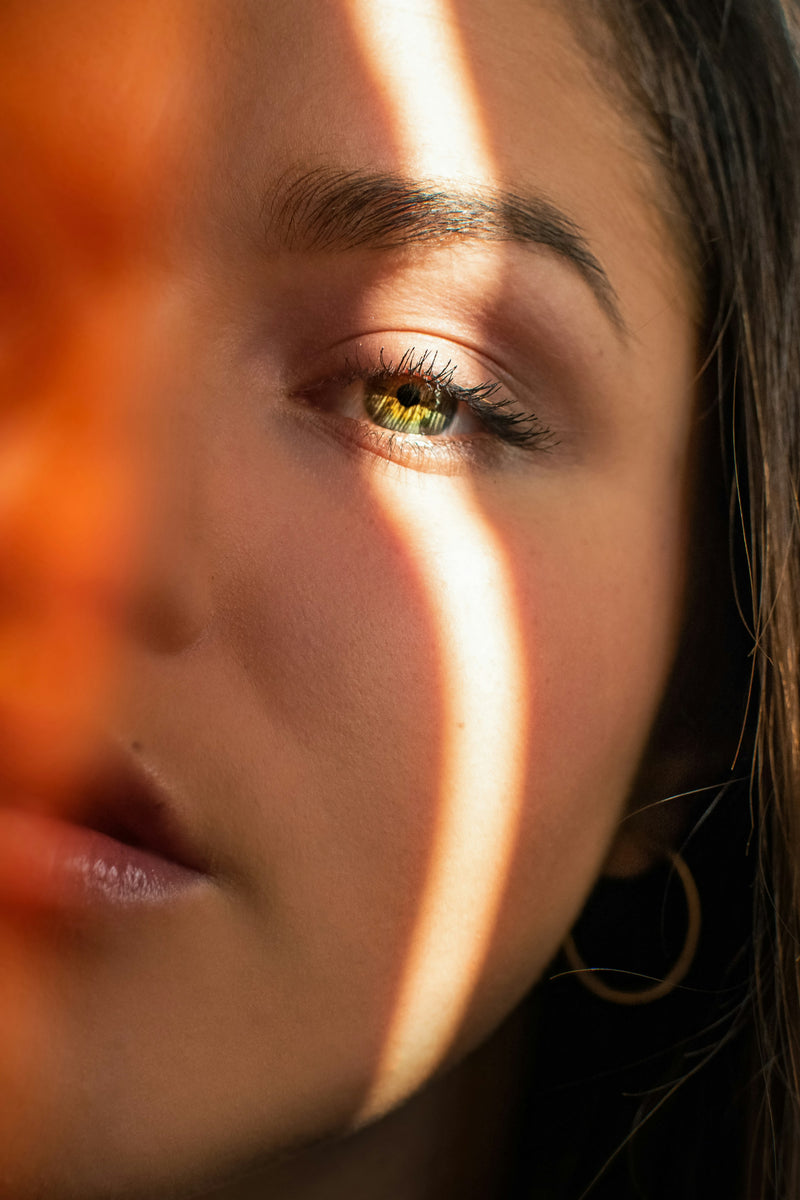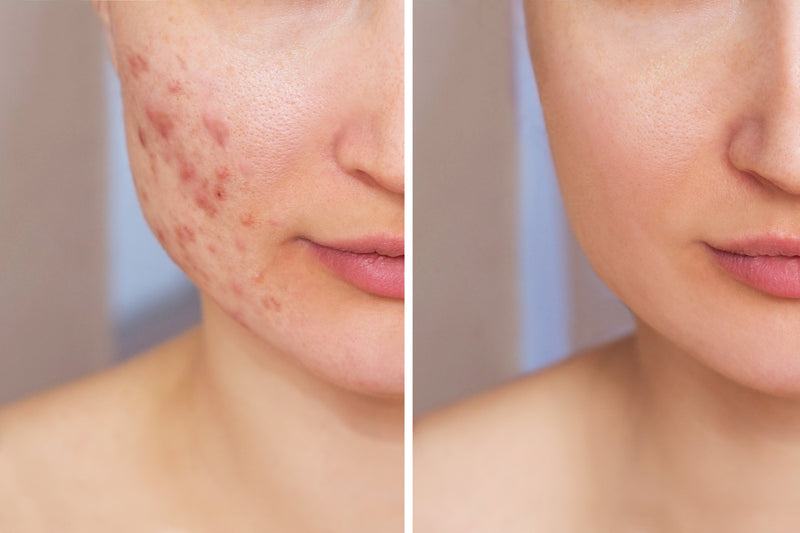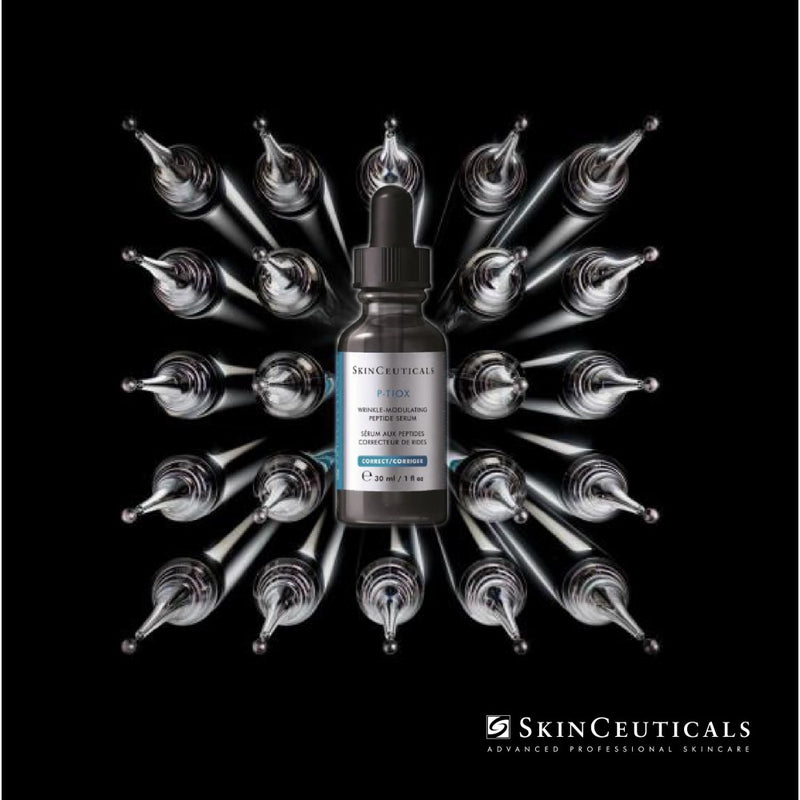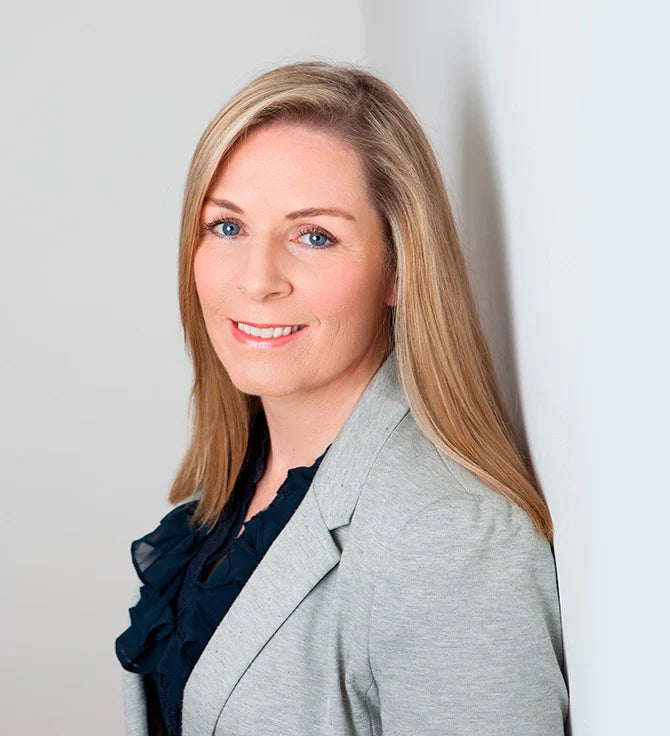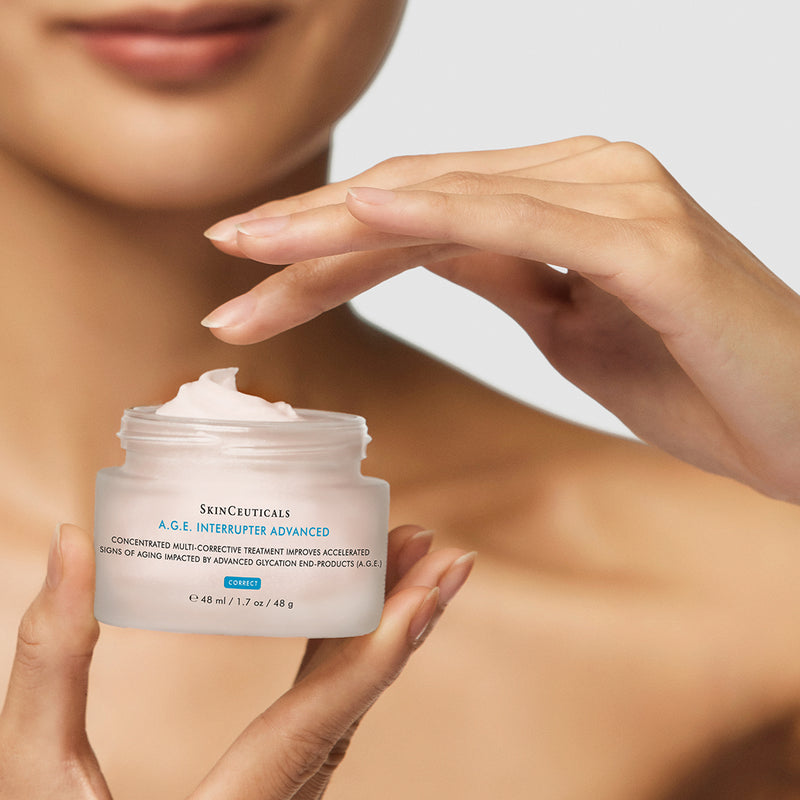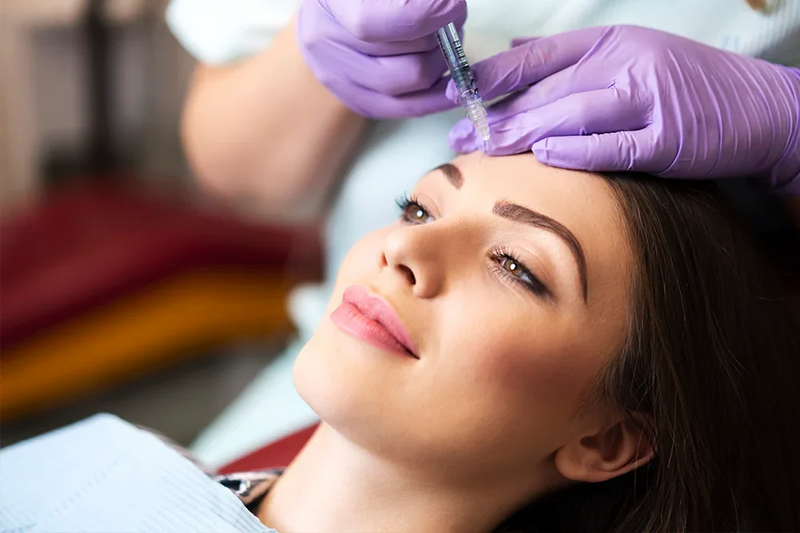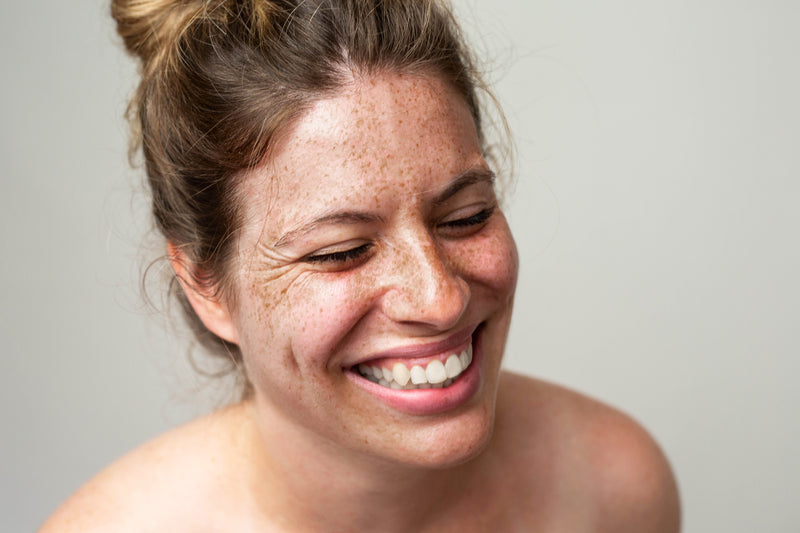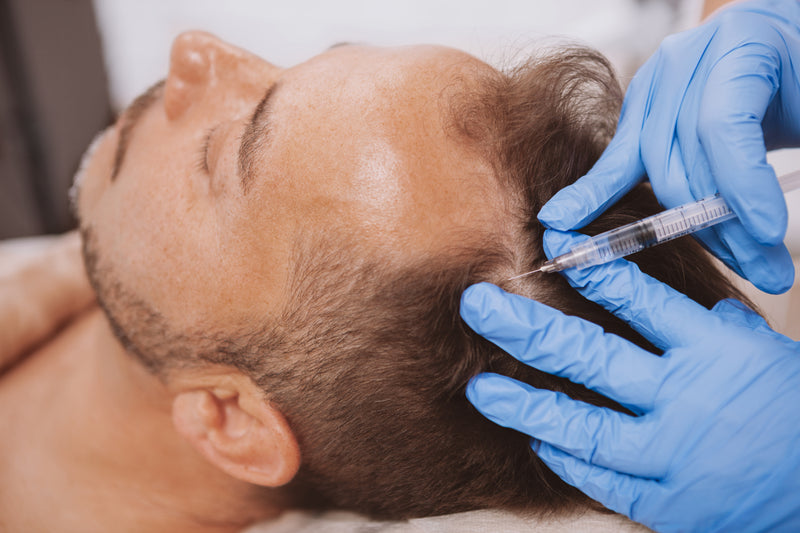June is Acne Awareness Month
While the summer season is perfect for having some fun in the sun, maintaining clear and glowing skin isn’t always possible. The constant exposure to hot weather and the sun can result in clogged pores, dark spots, and sunburn.
Everyone assumes that acne will go away once puberty is over, but acne can affect anyone at any age.
Around 85% of individuals aged 12 to 24, which includes adolescents and young adults, undergo a minimum level of acne. Unfortunately, acne doesn’t vanish as one reaches adulthood. According to a study published in the Journal of the American Medical Association, 40 to 54 percent of individuals over the age of 25 experience facial acne. Women tend to be more affected by adult acne than men, and it is becoming more prevalent among people in their thirties, forties, and even older age groups.
Acne is a very common inflammatory condition involving the blockage of pores in the skin (technically pores are called “pilosebaceous units”).
Acne most commonly occurs during the teenage years and can be very distressing, painful, and embarrassing. Acne frequently starts around 12-14 years of age, and peaks around 16-17 years in females, and 17-19 years in males. Sometimes acne can persist, or even appear for the first time, in adulthood.
The treatment for acne has improved significantly so seek help to address this skin condition.
Causes of Acne
Acne occurs when there is a blockage of a pore by dead skin cells, an increase in natural oil (sebum) in your skin, and the growth of the bacterium called C. acnes (technically called Cutibacterium acnes) formally known as P. acnes (Propionibacterium acnes).
If you have acne, all three processes are happening in your skin at one time, causing inflammation around the pore i.e. pimples.The interplay of these factors, which can accompany the natural surge of hormones in adolescence, results in the various acne “lesions”, commonly known as 'spots and pimples'.
Skin cells called keratinocytes, that line the wall of the hair follicle are always being shed and replaced with new skin cells. In acne prone skin, there is an overproduction of these cells. This process combined with the over secretion of natural oil may cause the dead skin cells to stick together forming a keratin plug which can cause a blockage in the pore.
The C. acnes bacteria is present on everyone’s skin and usually causes no problems. However, in people prone to acne, the build-up of dead skin, natural oil, and the C. acnes bacteria in the pore causes inflammation, recognisable by redness, swelling, heat, and pain in the skin surrounding the blocked pore.
The inflammation and blocked pores lead to the development of acne.
What are the symptoms?
Acne lesions are commonly known as ‘spots and pimples’. They broadly fall into two categories, non-inflammatory and inflammatory lesions. The simple terms used in this blog can be useful when describing your symptoms to your doctor or pharmacist.
Non-inflammatory lesions:
- Blackheads – also called open comedones, are clogged pores that appear as dark bumps on the surface of the skin.
- Whiteheads – also called closed comedones are clogged pores covered by a thin layer of skin. These appear as white bumps or spots on the surface of the skin
Inflammatory lesions:
- Papules – small red swollen bumps
- Pustules – are small red bumps, with a yellow or white centre filled with pus. They may be painful to touch.
- Nodules – are firm, red, tender, swollen bumps that form under the surface of the skin
- Cysts – are large swollen, painful bumps that form deep under the surface of the skin and are filled with pus.
